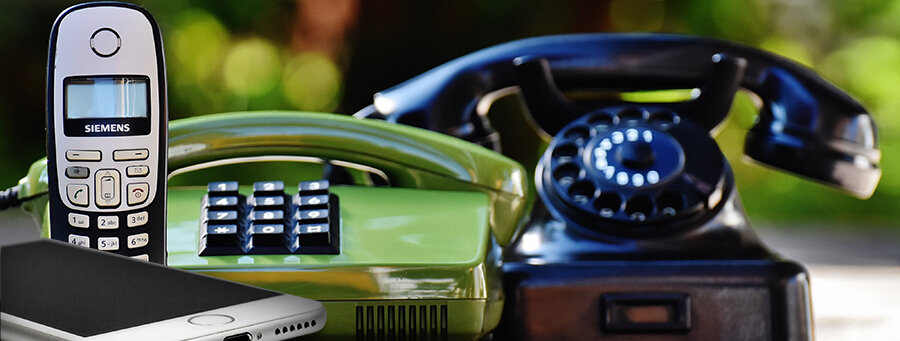The Four Cornerstones of Successful Business Transformation
There has never been an era when business transformation was not critical from Adam Smith to Henry Ford to Bill Gates, but in today’s rapidly...
2 min read
KPC_Admin : Feb 27, 2018 6:00:00 PM

Moving to a digital ERP environment is hard. It takes effort and time, but the effort pays off. Typically, our blog posts are dedicated to helping you go through the process successfully. This week we have a little analogy to help you keep the big picture in mind and focus on why it’s worth all that effort to move into a better system.
Imagine you are hired to build fences. The employer will supply the materials and the tools for the job. On the first day, you find your planks, all the nails you’ll need, and a three-pound pipe wrench.
For the first few days, the work is slow. It takes some time to learn how to drive in nails accurately with the back side of the wrench. Bent nails take a great amount of effort to remove as you use the vise side of the wrench to grab the nail and pull. The weight of the wrench makes work cumbersome and tiring. And hitting your thumb with the wrench? Very painful.
After several months, though, you become expertly accustomed to driving nails with the wrench. You’ve found ways to work around the shortcomings of an awkward tool, and your employer observes that your production has improved from 80 boards per day to 100.
One day, you come to work and instead of the pipe wrench, your employer has brought you a new tool to try – a claw hammer. You don’t understand the hammer, and no one has explained how to use it. It barely weighs a pound; how will it generate enough force to drive a nail? Where is the device to pull bent nails? Your boss insists that this is the tool of the future.
You try it for the first week, and your production falls back to 90 boards per day. You’re having trouble getting used to the lightweight nature of the hammer and seem to be missing your mark more often. You hate how clumsy you feel; you especially hate that you’re hitting your fingers more often again. You start to yearn for the familiar comfort of the pipe wrench. Ignoring the early problems, you focus on a few positive gains. You have discovered that the claw grabs bent nails more effectively and extracts them with less effort. Your arm isn’t as tired swinging the hammer by the end of the day. And, in time, you’ve adapted to the new weight, and your accuracy and speed have increased. Your production reaches 130 boards per day.
This is how any ERP transformation will feel for your workforce. It demonstrates why it is important to set everyone’s expectations early. Your legacy system has become a bulky tool. Your staff can get their jobs done, but it often requires brute force to work information through the system. You will have employees who will prefer to keep the legacy system not because it’s perfect but because they understand how to work around the drawbacks in order to meet production goals.
Learning the nuances of a new tool can be frustrating to employees who don’t want to see their production tail off under any circumstances. In addition, they might focus on the problems that don’t go away – “nails” still get bent, and “thumbs” occasionally get hit.
I will leave you with two thoughts to help manage expectations throughout your project. First, help your workforce understand that it is part of the process to hit a temporary valley while everyone works through the learning curve of a new ERP, but you will work to flatten this curve. Secondly, communicate that the new ERP will help minimize frustration as well as maximize productivity and agility, so there will be fewer big changes in the future. Small changes will become the norm, and your workforce will no longer live in fear of the next new tool smashing its thumbs.

There has never been an era when business transformation was not critical from Adam Smith to Henry Ford to Bill Gates, but in today’s rapidly...

6 min read
ERP (Enterprise Resource Planning) transformations require careful planning and flexible change management. Adaptable ERP systems are essential...
.png)
Enterprise Resource Planning (ERP) systems are no longer just tools for industry giants—they’ve become the backbone of operational efficiency for...